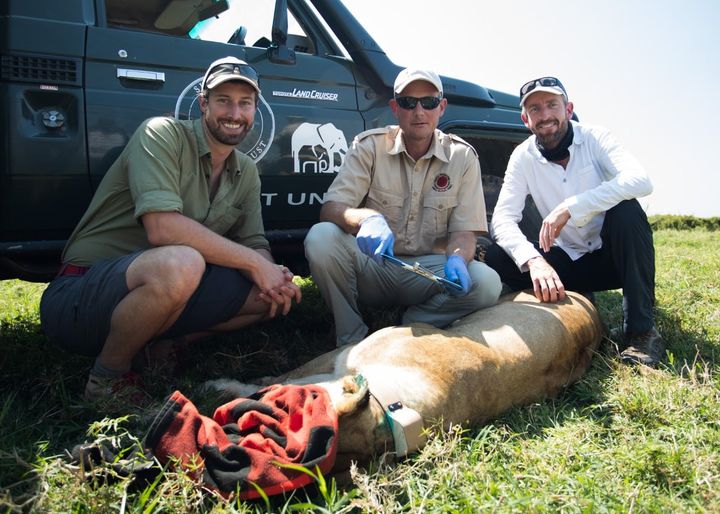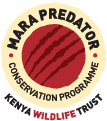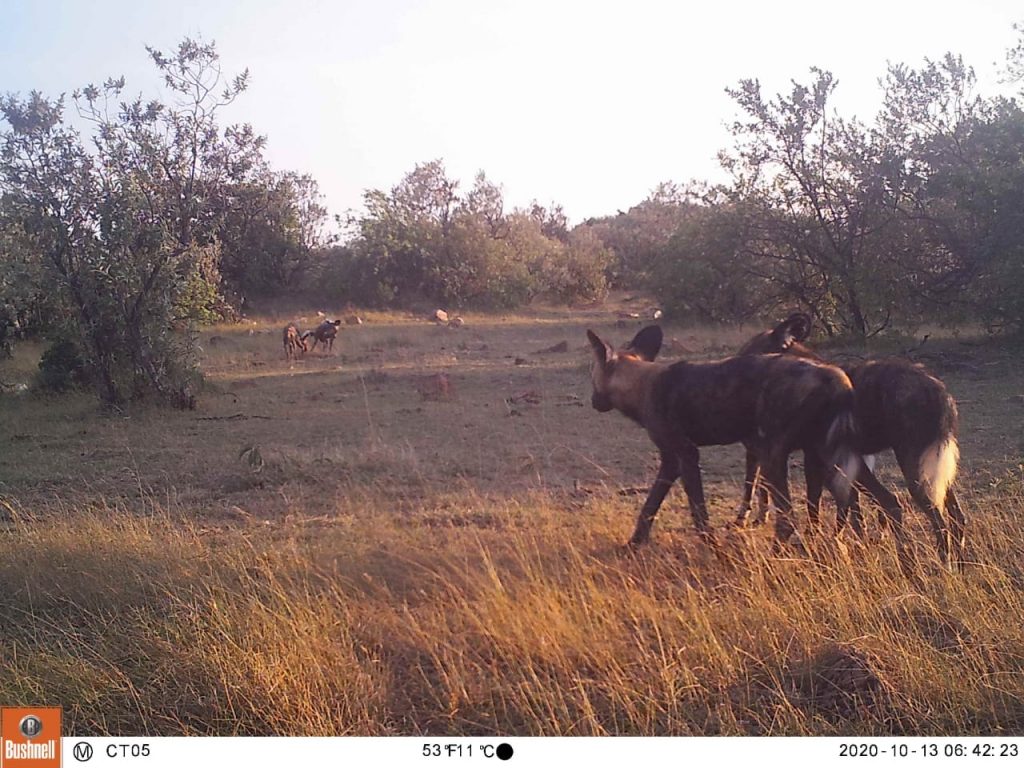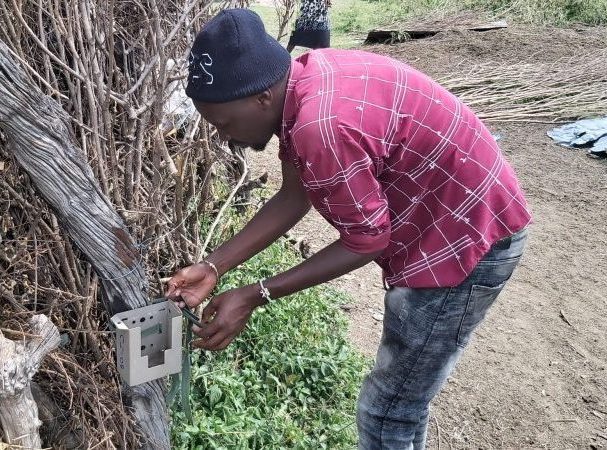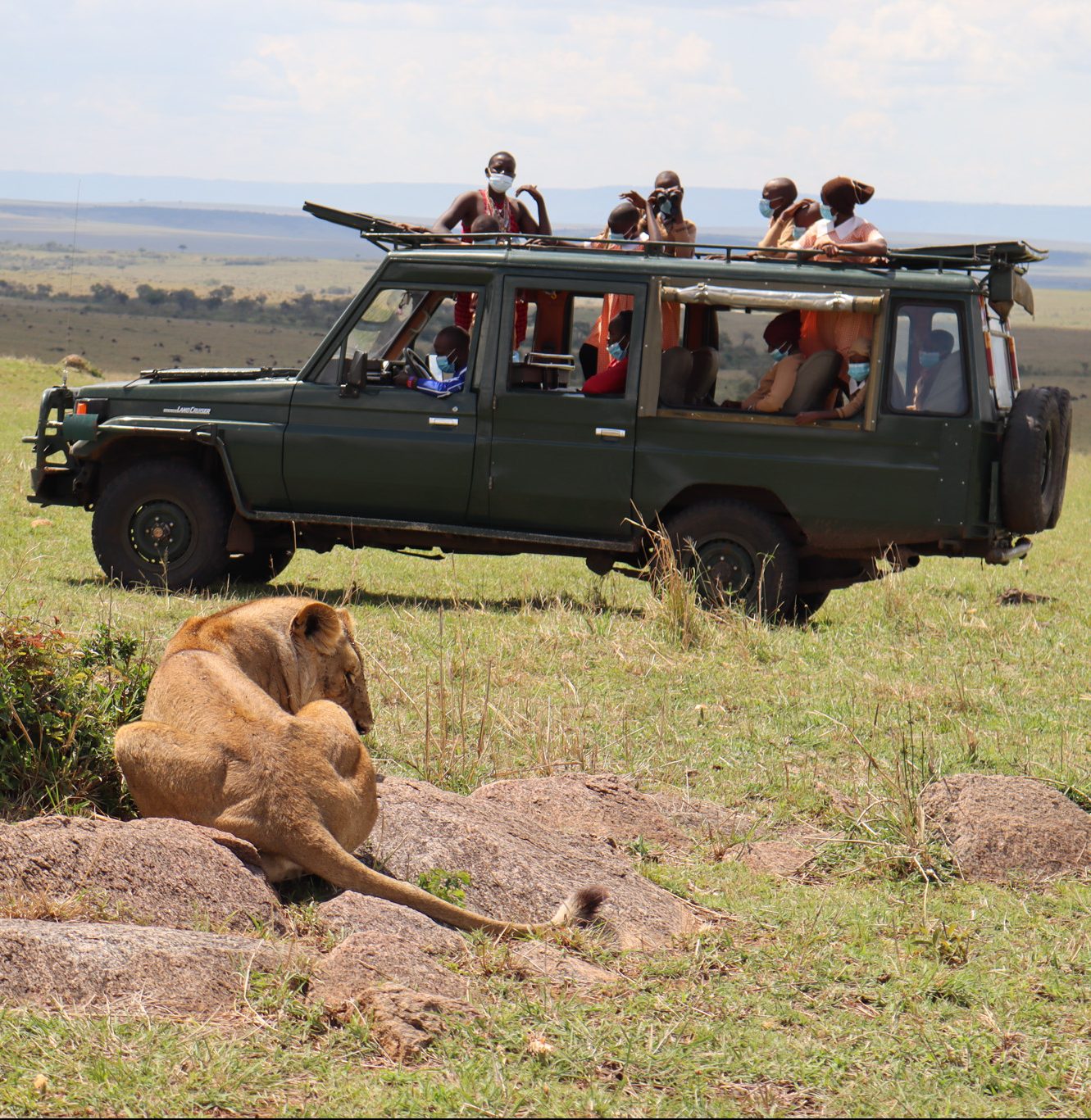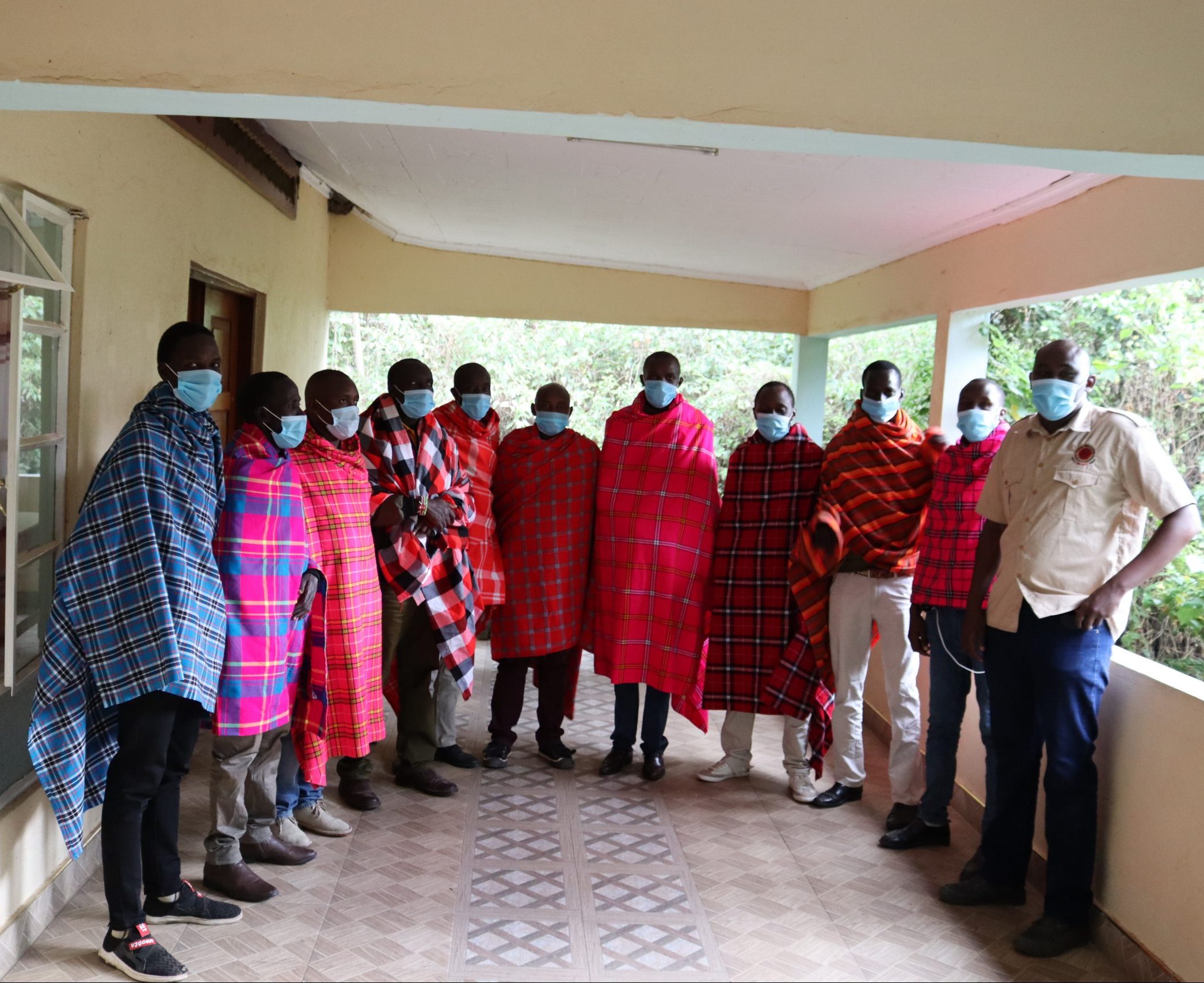Collaring
Our research team successfully succeeded in collaring the first lion in the Mara Triangle. An adult female from the Olololo pride, aka Angama pride, was targeted, as we are aware that this pride ventures outside areas of protection.
Pride members have previously disappeared from this pride and we suspect that the cause has been due to human-lion conflicts. Information from this collar will help to reduce such conflicts in the future. We sincerely thank Angama Safari Foundation for funding this collar and the collaring operation, and the Mara Triangle and KWS for their support.
